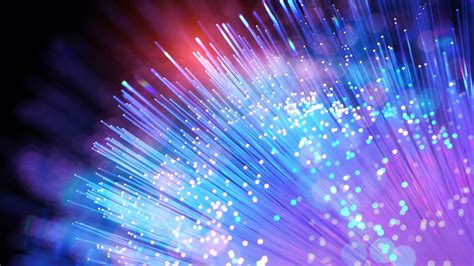The unveiling of Optical PCIe 7.0, boasting an eye-watering 128 GT/s (GigaTranfers per second), points to a future where high-speed data transfer is not just about higher throughput but about fundamentally altering how we harness and scale these technologies. The conversations around this revolutionary advancement highlight not only the technological leaps but also the nuanced understanding needed to fully appreciate its impact and potential applications.
Understanding the terms and jargon associated with PCIe technologies is critical. For instance, GT/s stands for GigaTransfers per second. To clarify for those not deeply entrenched in the tech world, a transfer in this context refers to a single bit of the underlying signal layer. There’s a bit of redundancy in data encoding, with PCIe 2.0 and earlier systems using an 8b/10b encoding system, translating 8 bits of data into 10 bits for transmission. However, PCIe 3.0-5.0 shifted to a more efficient 128b/130b encoding, and PCIe 6.0 and 7.0 employ even more sophisticated error correction mechanisms that drastically reduce overhead.
The speed of 128 GT/s per lane translates to about 16 GB/s, which is a significant improvement over previous iterations. However, it’s crucial to note that this speed considers signal layers with embedded redundancy, impacting actual data throughput. To give real-world context, if we hallucinated scenarios where such bandwidths could be fully utilized, we could theoretically transfer data equivalent to multiple laptop drives every second. Imagine the transformative impact on Just-In-Time (JIT) data lakes and the potential for new benchmarks in memory transfer speeds—surpassing even the most advanced DDR6 RAM.
One can’t help but admire the dialogue around the adoption of optical interconnects and the fascination with silicon photonics. Companies like Marvell and Intel are pioneering these innovations, aiming to improve the efficiency and scalability of data transfers. Optical connections, although currently seen as exotic and expensive, might soon become necessary as we encounter the physical and energetic limitations of electrical signals. As silicon photonics continues to advance, integrating these optical technologies into existing and future designs will become increasingly seamless, promoting lower energy costs and mitigating signal integrity issues over longer distances.
But the journey to a comprehensive optical future isn’t without its challenges. Currently, changing signals from light to electricity and vice versa requires optical transceivers that aren’t quite as compact or energy-efficient as their electrical counterparts. The complexities of fabrication and the integration of both optical and electrical components into a single chip present significant hurdles. While companies like GlobalFoundries are making strides in these areas, mastering the coexistence of photonics and electronics remains a challenging frontier. Despite these challenges, the conversation regarding the necessity of faster, more reliable data transmission methods underscores the industry’s relentless pursuit of performance optimization.
The implications for various sectors, particularly data centers and AI accelerators, are profound. As we push towards these higher thresholds of data transfer speeds, the applications will only broaden. From more efficient GPU communication to enhanced network throughput capable of handling next-generation internet speeds, PCIe 7.0’s advancements could redefine the benchmarks for what’s possible. With potential applications ranging from condensed machine learning models to real-time data analytics, the cascading effects of these technological enhancements underscore a monumental shift in how we manage, transfer, and utilize vast quantities of data. As we stand at the precipice of this optical transformation, the journey towards harnessing the speed of light in data transfer remains both an exhilarating and intricate narrative.


Leave a Reply